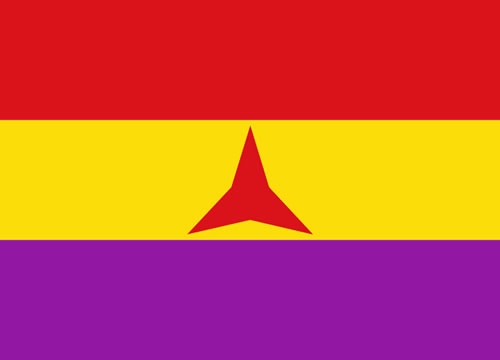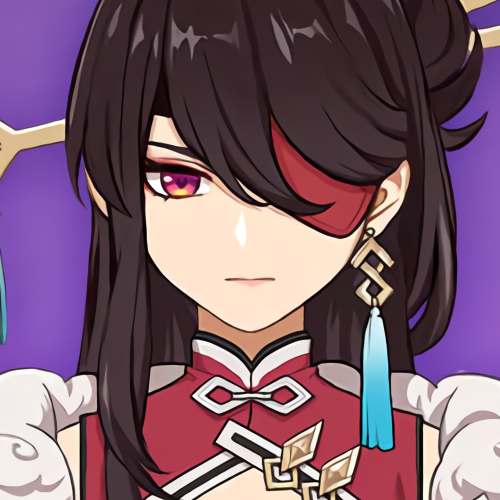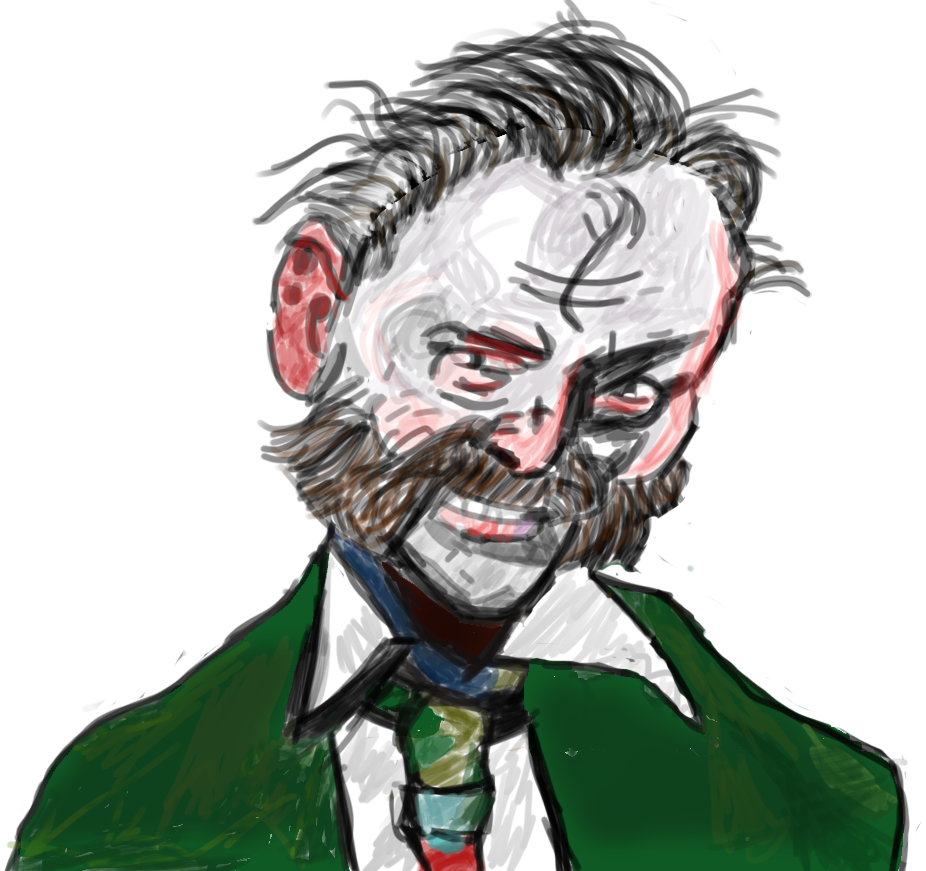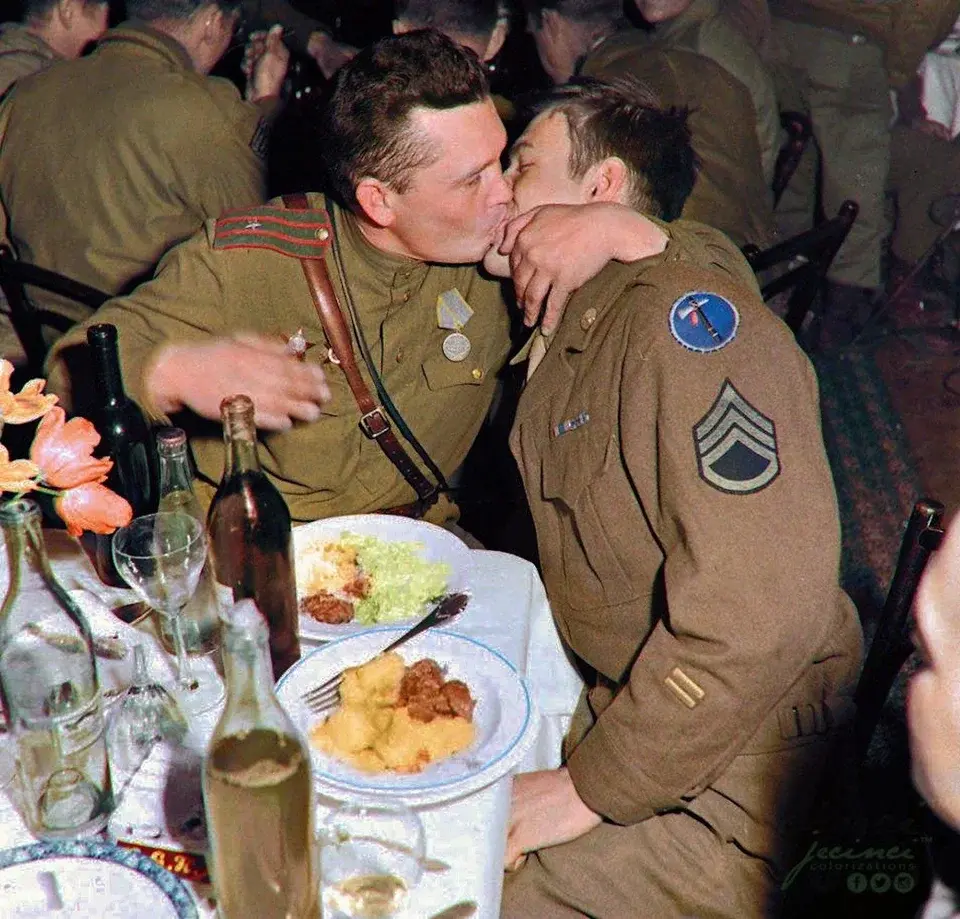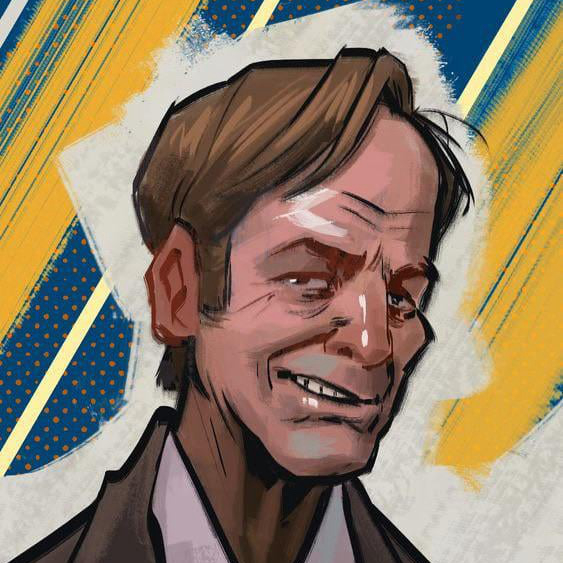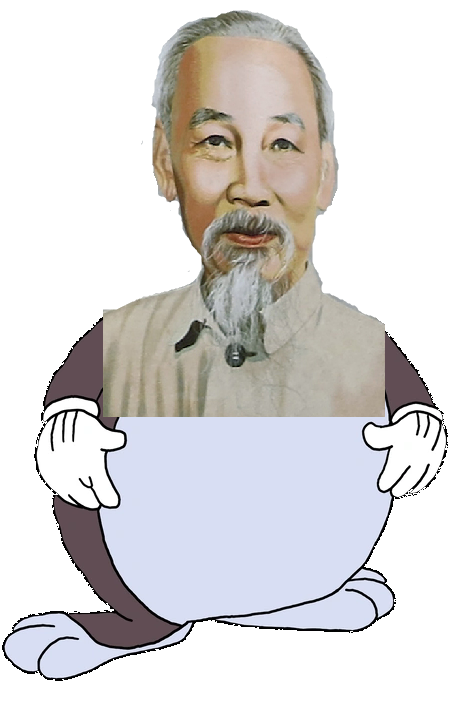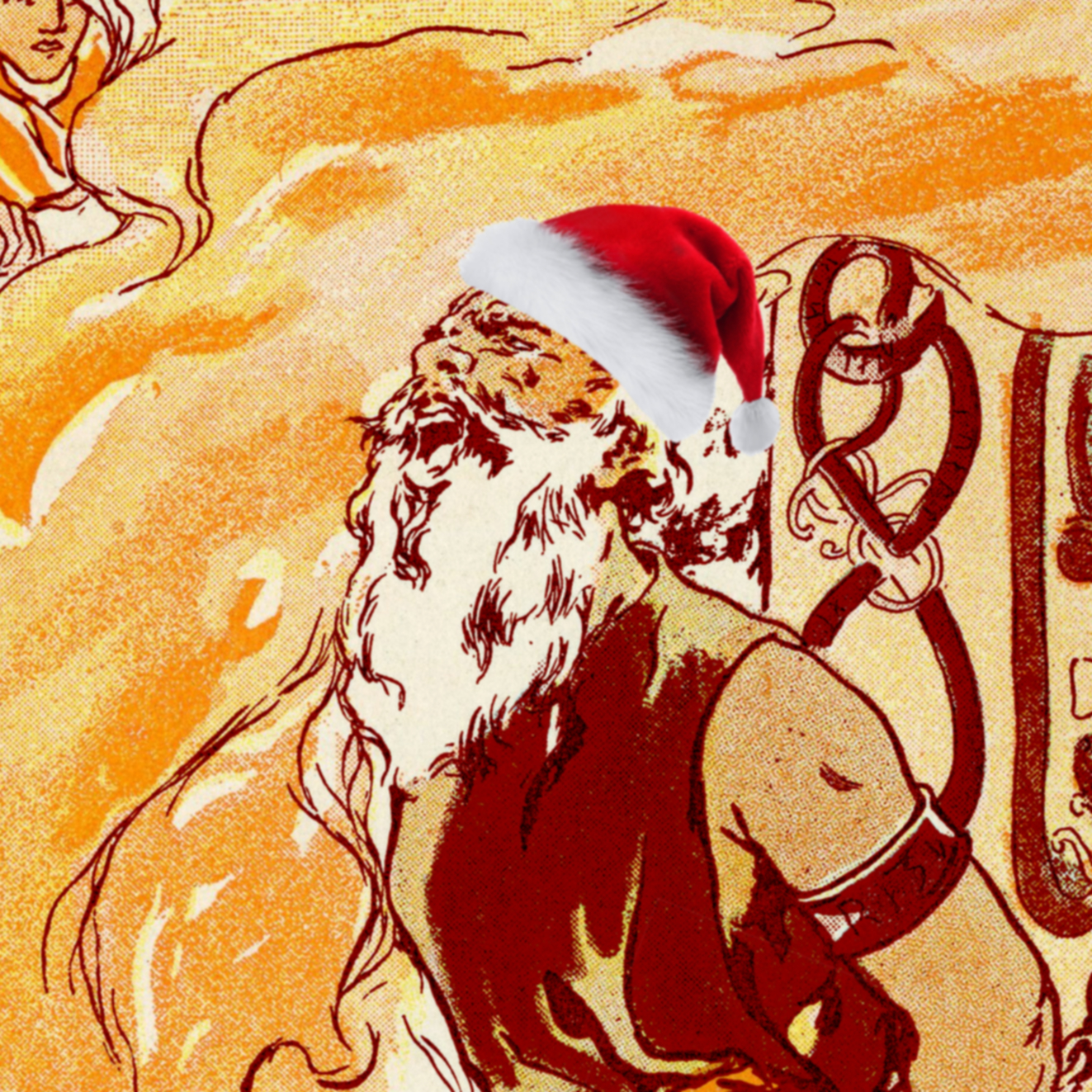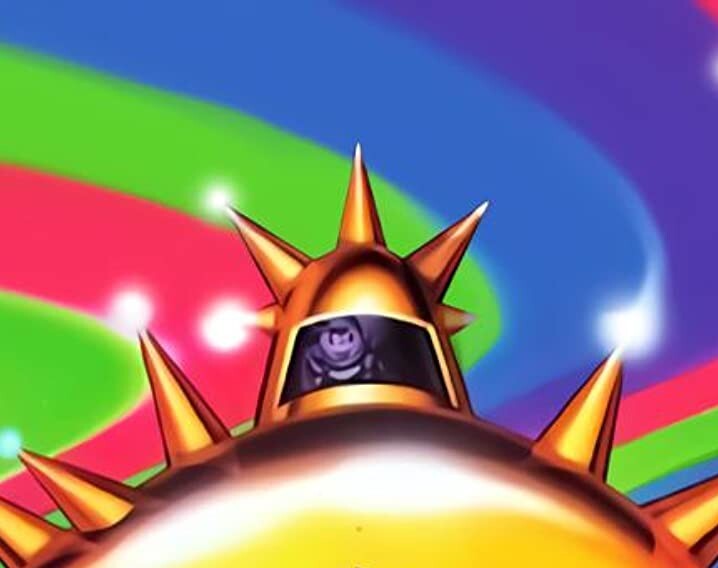The Battle of Mohács was fought on 29 August 1526 near Mohács, Kingdom of Hungary, between the forces of the Kingdom of Hungary and its allies, led by Louis II, and those of the Ottoman Empire, led by Suleiman the Magnificent. The Ottoman victory led to the partition of Hungary for several centuries between the Ottoman Empire, the Habsburg monarchy, and the Principality of Transylvania. Further, the death of Louis II as he fled the battle marked the end of the Jagiellonian dynasty in Hungary and Bohemia, whose dynastic claims passed to the House of Habsburg.
Decline of the royal power in Hungary
After the death of the absolutist King Matthias Corvinus in 1490, the Hungarian magnates, who did not want another heavy-handed king, procured the accession of the notoriously weak-willed King Vladislaus of Bohemia, who reigned as King Vladislaus II of Hungary from 1490 to 1516.
The freshly-elected King Vladislaus II donated most of the Hungarian royal estates, régales, and royalties to the nobility. Thus the king tried to stabilize his new reign and preserve his popularity among the magnates.
Given the naive fiscal and land policy of the royal court, the central power began to experience severe financial difficulties, largely due to the enlargement of feudal lands at royal expense. The noble estate of the parliament succeeded in reducing their tax burden by 70–80%, at the expense of the country's ability to defend itself.
The standing mercenary army (the Black Army) of Matthias Corvinus was dissolved by the aristocracy. The magnates also dismantled the national administration systems and bureaucracy throughout the country
In 1514, the weakened and old King Vladislaus II faced a major peasant rebellion led by György Dózsa, which was ruthlessly crushed by the nobles, led by John Zápolya. After the Dózsa Rebellion, the brutal suppression of the peasants greatly aided the 1526 Turkish invasion as the Hungarians were no longer a politically united people.
Jagiellonian-Habsburg attempt to organize defence against the Ottomans
King Louis II of Hungary married Mary of Habsburg in 1522. The Ottomans saw this Jagiellonian-Habsburg marital alliance as a threat to their power in the Balkans and worked to break it. After Suleiman I came to power in Constantinople in 1520, the High Porte made the Hungarians at least one and possibly two offers of peace. For unclear reasons, Louis refused. another Ottoman–Hungarian war ensued, and in June 1526 an Ottoman expedition advanced up the Danube.
In the early 1500s, Vladislav II (ruled 1490–1516), Louis II and Croatian nobles repeatedly asked Holy Roman Emperor Maximilian I for help, but during Maximilian's reign, assistance for Hungary remained a plan. After the first chain of fortresses fell however, assessing the threat to his own provinces, Archduke Ferdinand made a significant effort to help his brother-in-law.
Franco-Ottoman alliance
Between 1521 and 1526, the Western European powers were preoccupied with the current episode of the Italian wars France first sought allies in Eastern Europe against Holy Roman Emperor Charles V.
King Francis I of France was defeated at the Battle of Pavia on 24 February 1525 by the troops of the Habsburg Holy Roman Emperor, Charles V. After several months in prison, Francis I was forced to sign the Treaty of Madrid.
In a watershed moment in European diplomacy, Francis formed a formal Franco-Ottoman alliance with Sultan Suleiman the Magnificent as an ally against Charles V. The French-Ottoman strategic, and sometimes tactical, alliance lasted for about three centuries.
To relieve the Habsburg pressure on France, in 1525 Francis asked Suleiman to make war on the Holy Roman Empire, and the road from Turkey to the Holy Roman Empire led across Hungary. The request of the French king coincided well with the ambitions of Suleiman in Europe and gave him an incentive to attack Hungary in 1526, leading to the Battle of Mohács
At the news of the war, the young King Louis II of Hungary appealed to the European princes for help, but only King Henry VIII of England offered aid (which arrived only in 1527 to Queen Mary of Hungary in Pozsony) and the Pope offered 50,000 gold pieces, while neither Charles V nor Ferdinand Habsburg did anything. The fact is that the Habsburgs' armies were still on the battlefields of Italy.
Preparations
The Hungarians had long opposed Ottoman expansion in southeastern Europe, but in 1521 the Turks advanced up the Danube River and took Nándorfehérvár (present-day Belgrade, Serbia) – the strongest Hungarian fortress on the Danube – and Szabács (now Šabac, Serbia). This left most of southern Hungary indefensible.
The loss of Nándorfehérvár caused great alarm in Hungary, but the huge 60,000 strong royal army – led by the king, but recruited too late and too slowly – neglected to take food along. Therefore, the army disbanded spontaneously under pressure from hunger and disease without even trying to recapture Belgrade from the newly installed Turkish garrisons.
On 1526 an Ottoman army set out from Constantinople on 16 April, led by Suleiman the Magnificent personally. The Danube river was an extremely important transport route for the Ottoman army in the region, so it was clear to everyone that the Ottoman army would follow the line of the Danube.
The Hungarian nobles, who still did not realize the magnitude of the approaching danger, did not immediately heed their King's call for troops. Eventually, the Hungarians assembled in three main units the Transylvanian army, the main army led by Louis himself and another smaller force, commanded by the Croatian count Christoph Frankopan.
The Ottomans deployed the largest field artillery of the era, comprising some 300 cannons, while the Hungarians had only 85 cannons, The number of regular professional paid soldiers (Kapıkulu) employed by the High Porte throughout the Ottoman Empire did not exceed 15,000–16,000 men in the first third of the 16th century. During this time Suleiman could raise an army between 50,000–60,000 for campaigns.
The Ottomans obtained most of the arquebuses for their janissary army from Hungarian and Venetian gunsmiths.
Battle
The Hungarian deployment for battle consisted of two lines. The first had a center of mercenary infantry and artillery and the majority of the cavalry on either flank. The second was a mix of levy infantry and cavalry. The Ottoman army was a more modern force built around artillery and the elite, musket-armed Janissaries. The remainder consisted of feudal Timarli cavalry and conscripted levies from Rumelia and the Balkans
As the first of Suleiman's troops, the Rumelian army, advanced onto the battlefield, they were attacked and routed by Hungarian troops led by Pál Tomori. This attack by the Hungarian right caused considerable chaos among the irregular Ottoman troops, but even as the Hungarian attack pressed forward, the Ottomans rallied with the arrival of Ottoman regulars deployed from the reserves
The Hungarians took serious casualties from the skillfully handled Turkish artillery and musket volleys. The Hungarian army was surrounded by Ottoman cavalry in a pincer movement, and in the center the Hungarian heavy knights and infantry were repulsed and suffered heavy casualties, especially from the well-positioned Ottoman cannons and well-armed and trained Janissary musketeers. The Hungarians could not hold their positions, and those who did not flee were surrounded and killed or captured.
Nearly the entire Hungarian Royal army was destroyed in nearly 2 hours on the battlefield. During the retreat, the twenty-year-old king died when he fell backwards off his horse while trying to ride up a steep ravine of the Csele stream. He fell into the stream and, due to the weight of his armor, he was unable to stand up and drowned.
Suleiman the Magnificent expressed regret at the death of his young adversary. Upon encountering the lifeless body of King Louis, the Sultan is said to have lamented: "I came indeed in arms against him; but it was not my wish that he should be thus cut off before he scarcely tasted the sweets of life and royalty."
The result was catastrophic for the Hungarians, with their lines advancing into withering fire and flank attacks, and falling into the same trap that John Hunyadi had so often used successfully against the Ottomans. Beside the king, some 1,000 other Hungarian nobles and leaders were also killed. It is generally accepted that more than 14,000 Hungarian soldiers were killed in the initial battle.
Suleiman could not believe that this small, suicidal army was all that the once powerful country could muster against him, so he waited at Mohacs for a few days before moving cautiously against Buda.
Aftermath
the Battle of Mohács meant the end of the independent Kingdom of Hungary as a unified entity. Amid political chaos, the divided Hungarian nobility elected two kings simultaneously, John Zápolya in 1526 and Ferdinand of Austria in 1527. The Ottoman occupation was contested by the Habsburg Archduke of Austria, Ferdinand I, Louis's brother-in-law and successor by treaty with King Vladislaus II.
Bohemia fell to the Habsburgs, who also dominated the northern and western parts of Hungary and the remnants of the Kingdom of Croatia, while the Ottomans held central Hungary and suzerainty over semi-independent Transylvania.
The Austrian branch of Habsburg monarchs needed the economic power of Hungary for the Ottoman wars. During the Ottoman wars the territory controlled by the Kingdom of Hungary shrunk by around 60%. Despite these territorial and demographic losses, the smaller, heavily war-torn Royal Hungary remained as economically important as the Austrian hereditary lands or the Bohemian crown lands in the late 16th century. Of Ferdinand's territories, the depleted Kingdom of Hungary was at that time his largest source of revenue.
Megathreads and spaces to hang out:
- ❤️ Come listen to music and Watch movies with your fellow Hexbears nerd, in Cy.tube
- 💖 Come talk in the New Weekly Queer thread
- 💛 Read and talk about a current topics in the News Megathread
- ⭐️ August Movie Nominations ⭐️
reminders:
- 💚 You nerds can join specific comms to see posts about all sorts of topics
- 💙 Hexbear’s algorithm prioritizes comments over upbears
- 💜 Sorting by new you nerd
- 🌈 If you ever want to make your own megathread, you can reserve a spot here nerd
- 🐶 Join the unofficial Hexbear-adjacent Mastodon instance toots.matapacos.dog
Links To Resources (Aid and Theory):
Aid:
Theory:
redditor in the club hitting on a girl
"i have a boyfriend"
"that's an appeal to authority"

New Megathread Nerds!!!

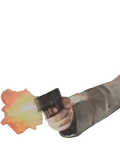 🦃
🦃-
🐶 Join the unofficial Hexbear-adjacent Mastodon instance toots.matapacos.dog
-
🌈 If you ever want to make your own megathread, you can go here nerd
@aaaaaaadjsf@hexbear.net @Abraxiel@hexbear.net @Abstraction@hexbear.net @Acute_Engles@hexbear.net @AnarchaPrincess@hexbear.net @AntiOutsideAktion@hexbear.net @Alaskaball@hexbear.net @AlicePraxis@hexbear.net @Aliveelectricwire@hexbear.net @artificialset@hexbear.net @asa_red_heathen@hexbear.net @autismdragon@hexbear.net @Awoo@hexbear.net @bbnh69420@hexbear.net @BirdBrained@hexbear.net @buh@hexbear.net @CDommunist@hexbear.net @Cherufe@hexbear.net @ClimateChangeAnxiety@hexbear.net @clover@hexbear.net @Comp4@hexbear.net @ComradeCmdrPiggy@hexbear.net @ComradeEchidna@hexbear.net @context@hexbear.net @corgiwithalaptop@hexbear.net @CrispyFern@hexbear.net @CriticalOtaku@hexbear.net @Cromalin@hexbear.net @CyborgMarx@hexbear.net @Dirt_Owl@hexbear.net @Dolores@hexbear.net @drinkinglakewater@hexbear.net @Dryad@hexbear.net @ElChapoDeChapo@hexbear.net @ElGosso@hexbear.net @el_principito@hexbear.net @EmmaGoldman@hexbear.net @FALGSConaut@hexbear.net @Flinch@hexbear.net @forcequit@hexbear.net @Frank@hexbear.net @Frogmanfromlake@hexbear.net @FuckyWucky@hexbear.net @GalaxyBrain@hexbear.net @GaveUp@hexbear.net @Goadstool@hexbear.net @GorbinOutOverHere@hexbear.net @Grownbravy@hexbear.net @GVAGUY3@hexbear.net @HarryLime@hexbear.net @hexaflexagonbear@hexbear.net @Ho_Chi_Chungus@hexbear.net @Hooray4dolphins@hexbear.net @InevitableSwing@hexbear.net @iridaniotter@hexbear.net @jabrd@hexbear.net @JamesConeZone@hexbear.net @Kaputnik@hexbear.net @kristina@hexbear.net @LesbianLiberty@hexbear.net @MaxOS@hexbear.net @Melina@hexbear.net @Mindfury@hexbear.net @mkultrawide@hexbear.net @Nagarjuna@hexbear.net @Nakoichi@hexbear.net @PaulSmackage@hexbear.net @plinky@hexbear.net @Pluto@hexbear.net @PorkrollPosadist@hexbear.net @President_Obama@hexbear.net @Ram_The_Manparts@hexbear.net @Redcuban1959@hexbear.net @RION@hexbear.net @RNAi@hexbear.net @Rojo27@hexbear.net @SeventyTwoTrillion@hexbear.net @solaranus@hexbear.net @SorosFootSoldier@hexbear.net @Sickos@hexbear.net @silent_water@hexbear.net @Sphere@hexbear.net @spring_rabbit@hexbear.net @SunsetFruitbat@hexbear.net @take_five_seconds@hexbear.net @Teekeeus@hexbear.net @Tervell@hexbear.net @UlyssesT@hexbear.net @VHS@hexbear.net @viva_la_juche@hexbear.net @WhatDoYouMeanPodcast@hexbear.net @Wheaties@hexbear.net @WhyEssEff@hexbear.net @WIIHAPPYFEW@hexbear.net @wtypstanaccount04@hexbear.net @wombat@hexbear.net @Zoift@hexbear.net @Zuzak@hexbear.net
@thelastaxolotl@hexbear.net @WhoaSlowDownMaurice@hexbear.net @Quimby@hexbear.net
@CARCOSA@hexbear.net @liberal@hexbear.net @ella@hexbear.net @all_or_nothing@hexbear.net @KenBonesWildRide@hexbear.net @KiraNerys@hexbear.net @TomboyShulk@hexbear.net @DuckNuckem@hexbear.net @SapGreen@hexbear.net @Zangief@hexbear.net @scumlord@hexbear.net @COMMENT@hexbear.net @Antisocial_Socialist@hexbear.net @DOPESMOKERDENG@hexbear.net @BoarAvoir@hexbear.net
Remember nerds just like in the old site, no current struggle session discussion here on the new general megathread, i will ban you from the comm and remove your comment, have a good day/night :meow-coffee:
-
A somber salute to the white guy named Peter Griffin presenting in my work call

Pro tip: do not set your passwords and password recovery questions to reference your adorable pet you love and cherish. Because one day, your pet will pass on and for months afterward your bank will ask you "Who is a good cat?" and you will have to confront the loss of your perfect little friend

I am concerned that the quality of posting may be dropping. The lemmy libs aren't very interesting. With twitter dying/undead, Reddit being, well...
 , and lemmy libs being the most boring reddit refugees the supply of fresh slop is in a dire state and I believe we are seeing the effects of that.
, and lemmy libs being the most boring reddit refugees the supply of fresh slop is in a dire state and I believe we are seeing the effects of that.I propose that we each learn one of the largest native world languages and comb the non-English speaking internet for new and interesting types of guys.
I am positive that Indian Internet would be full of the most interesting types of guys. It's such a large place and it's only just recently getting electrified. I reckon you can get such a beautiful array of unique guys fresh from actually touching grass.
Indian Internet is cancer. I pretty much stopped interacting with it back in 2018-19.
When you debate coming out to your parents but you remember you tried once to your mother and she said I was "convinced by the commies in the computer"
Biggs Update: After logging onto Hexbear and seeing hundreds of owls, Biggs has retreated underground with a 1200 gauge hamster sized shotgun and is refusing to come out
Well a bunch of rare hawaiian birds (there are only a few dozen left), this sample size had 14 released into the wild to repopulate.
Results were promising, until some fuckers left their fucking cats outside
A few cats killed half the population of an almost extinct species. Then some died due to plastic ingestion. They had to be tracked and recollected for preservation. There were 2 or 3 left. Only one survived the year, the others got sick.
I'm losing my mind in this fucking place
Boomer suburbanites when they see fifteen stray/feral/outdoor cats in their neighborhood

Boomer suburbanites when they see a single fox in their neighborhood

In fediverse drama, AnarchoNinaWrites (an anarcho-syndicalist trans woman from Detroit who regularly writes blistering hot polemics) has moved from oliphant.social to jorts.horse because some nerd mod on oliphant was trying to imply calling the US a "pig empire" is an antisemitic dogwhistle.
I want to post, yet I have no posts to make
Woe to the postless poster, the lowest of wretches. Like a bird who has forgotten his song, I speak words that none can hear.
I'm trying to conjure a post asking the libs why Lemmy has appealed to them. Very bizarre how people celebrated us getting banned from Reddit, but are now joining us in the place we took refuge.
My grandmother just told me (in spanish) had I been born a woman, I would've been beautiful. Fucking ouch.


